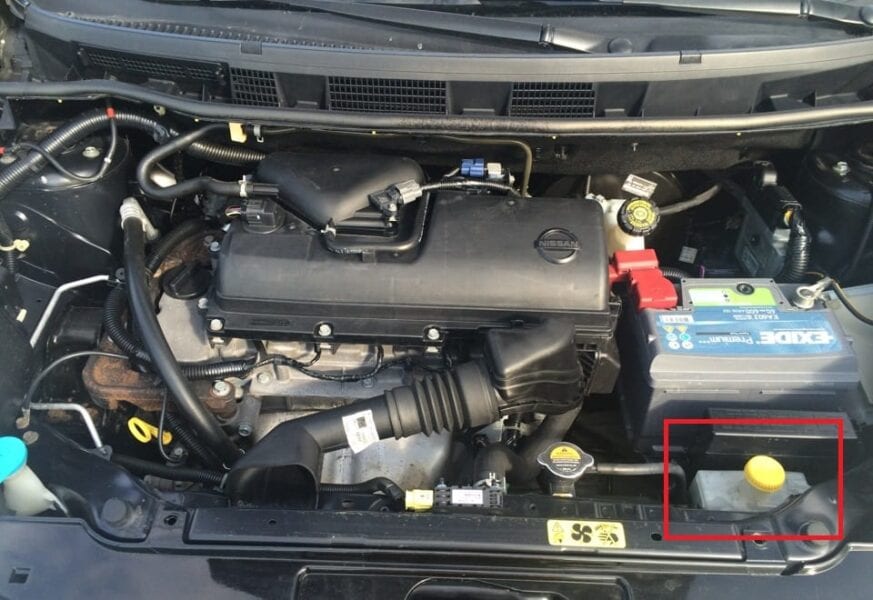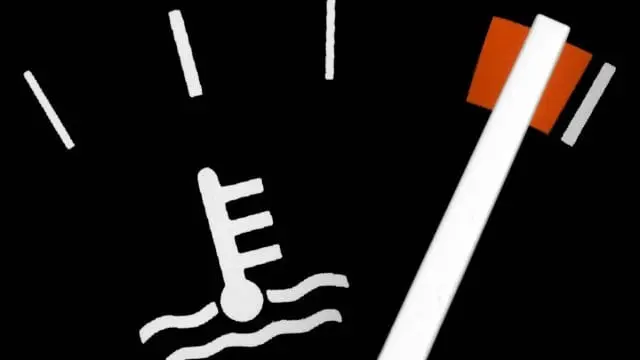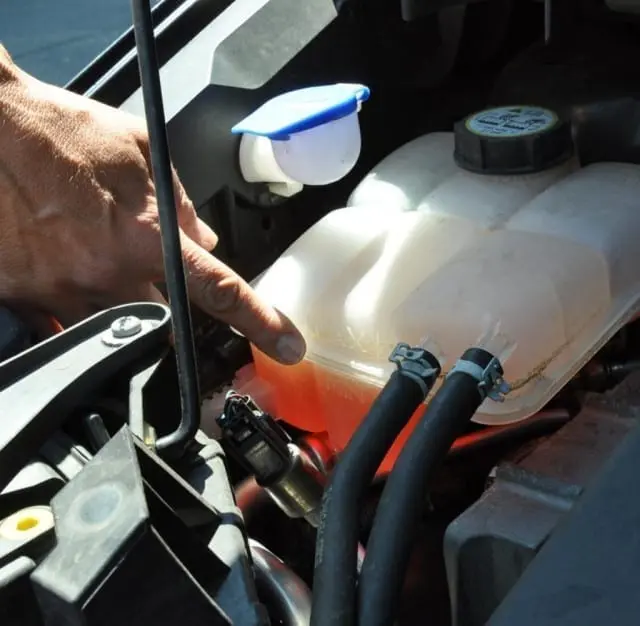
How and why to check the coolant level
Most of us often call engine coolant antifreeze. However, its properties are not limited to frost protection. Consider the features of this fluid, as well as the reasons for its regular replacement.
Antifreeze Functions
During operation, the engine heats up very much, and to prevent it from jamming (due to excessive heating, the parts not only expand, but may break due to mechanical stress), regular cooling is required. Otherwise, it can lead to fatal consequences.
Modern on-board computers warn the engine against overheating. In older models of cars, the driver must himself monitor the performance on the dashboard. Among them there is a coolant temperature indicator.

A liquid mixed in a certain proportion with water is used to cool the engine. It is located in the expansion tank (it is made of durable plastic, since when expanding, the coolant creates strong pressure that can disrupt the pipe) located in the engine compartment.
Some coolants are sold as a concentrate. In this case, you need to be careful about what kind of water quality in a particular region. In order to eliminate excessive scale formation in the cooling system, experts recommend diluting the concentrate with distilled water. It is also important that the coolant level does not fall. When this happens, in most modern cars, the system will give a signal.
Cooling system maintenance
Regularly checking the coolant level is especially important in older cars that do not have a warning system. The correct level can be easily determined simply by looking at the expansion tank. The maximum and minimum levels are marked on the side of the tank. Beyond the boundaries of these marks should not go. It is important to know that the check must be carried out on a cold engine.

If the level falls below the mark, the amount of fluid in the system is less, from which the engine will heat up more. The remaining coolant overheats and begins to evaporate. In this case, the journey cannot be continued until water is added. In addition, it is necessary to determine the cause of fluid loss. If the expansion tank is cracked, it must be replaced with a new one or the car must be towed to the nearest service station.
In the cold season, it is important that the coolant contains antifreeze. Water freezes at 0 degrees, which can damage the engine (due to the ice plug formed, the motor will not cool, which will lead to its breakdown). Antifreeze allows the coolant to not freeze even at a temperature of minus 30 degrees. The pre-cooked mixture is poured into the expander, and care must be taken not to exceed the maximum level.

Particular attention should be paid when adding fluid. If the engine has worked for a sufficient time, and you open the lid of the tank, you can get burns from the steam leaving it. In such cases, always unscrew the cap slowly and let the steam out before opening it completely.
Coolant is one of the components that should always be monitored. For this reason, look under the hood once a month.
Questions and answers:
How to check the level of antifreeze for cold or hot? Since the coolant expands when the engine heats up, its level should be checked while the engine is cold. To do this, just look at what mark the level of antifreeze in the tank is.
When should you check the coolant level? If the engine overheats, the first step is to look at the level of the coolant in the tank. To do this, the engine must not be started and must be cold.
How to properly check the level of antifreeze in a car? This is the simplest procedure in diagnosing the condition of a car. It is enough just to raise the hood and see if the level of antifreeze in the tank is between the minimum and maximum marks.